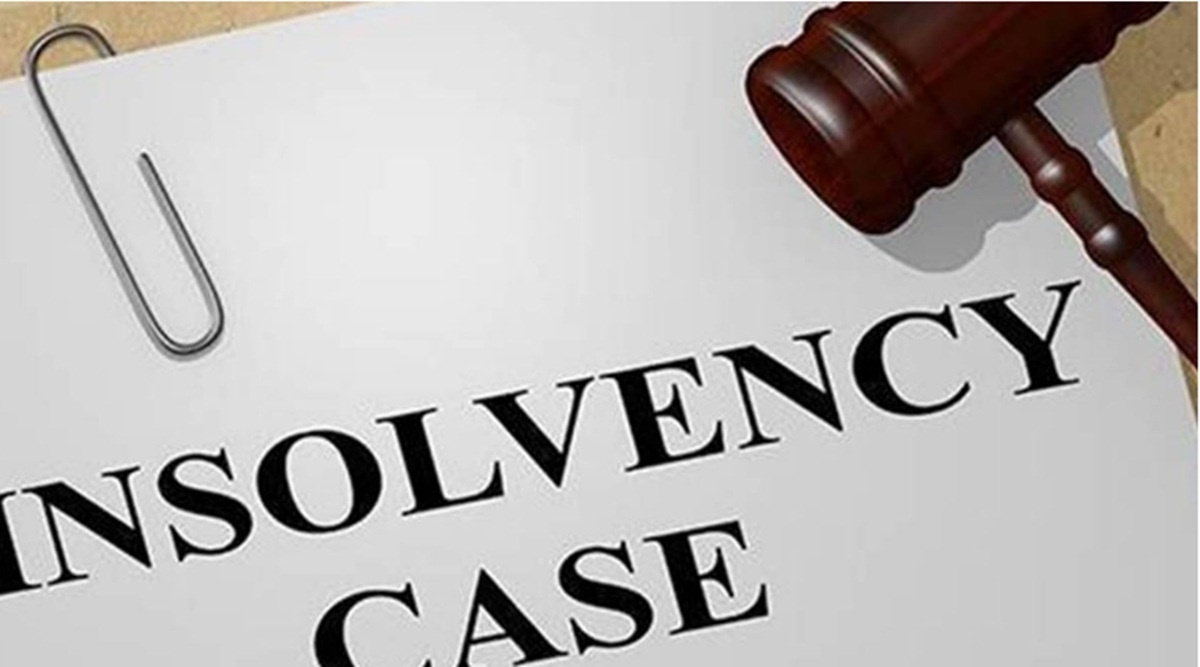The Insolvency and Bankruptcy Board of India (IBBI) has amended regulations governing voluntary liquidation of stressed firms to make the exit process quicker and more efficient so that the idle assets are released expeditiously for more productive uses without substantial value erosion.
The regulator has stipulated that the period for the distribution of liquidation proceeds will be cut to just 30 days from the current six months. In cases where claims are received from creditors, the liquidator has to complete the liquidation process and submit the final report with the board and the Registrar of Companies in 270 days from the date of start of the process. However, in cases, where no claims are received from any creditor, this process has to be wrapped up in 90 days.
In cases where no claims are received from creditor, the period for the preparation of list of stakeholders by the liquidator will be reduced to 15 days from the proposed last date for the receipt of claims.
The amendments are based on a discussion paper floated by the regulator in February for stakeholders’ comments.
The IBBI has also introduced a compliance certificate/checklist for the voluntary liquidation process, along the lines of the one for provided under the CIRP (Corporate Insolvency Resolution Process) currently. It has to be submitted along with the final report to the adjudicating authority.
According to the discussion paper floated in February, the liquidators had submitted final reports to the NCLT in 546 cases as of December 31, 2021. However, as many as 263 cases (around 48%) were still pending for dissolution.
The latest move is aimed at assisting the NCLT to process the dissolution applications expeditiously and ensure consistency across its benches. This would help save judicial time and resources and thus, reduce the burden on the NCLT as well.
Anoop Rawat, partner (insolvency & bankruptcy) at Shardul Amarchand Mangaldas, said the amendment seeks to streamline the voluntary liquidation process by reducing the timelines and imposing greater responsibilities on the liquidator. “The requirement of new form-H relieves some burden off the adjudicating authorities, with relevant data and satisfaction of compliance checks being available to it in a structured tabular format,” Rawat said.
Raj Bhalla, partner at law firm MV Kini, said the IBBI has substituted the word ‘Corporate Debtor’ with ‘Corporate Person’, which was in any case covered in the definition of the term ‘corporate debtor’ earlier. It has also reduced the time frame for the completion of the liquidation process.
According to the IBBI data, as of December 31, 2021, voluntary liquidation process in over a half of stressed companies is still going on. “Therefore, there was a dire need to review the timelines involved in the voluntary liquidation process,” said Shivek Sharma, associate at Pioneer Legal. “The reduced timelines in relation to preparation of list of stakeholders, distribution of proceeds and overall completion of the voluntary liquidation process is an encouraging step towards early exit and effective utilization of the assets,” said Sharma.


























